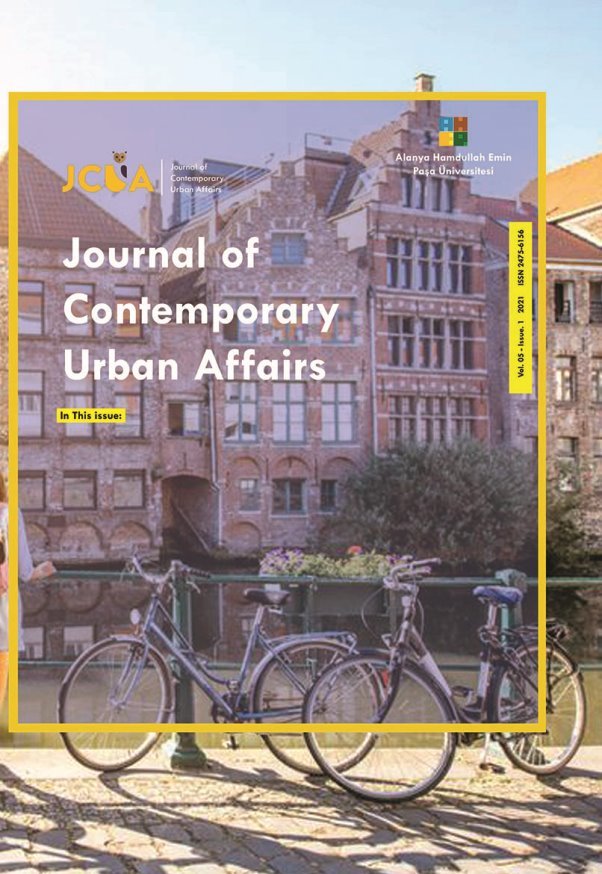
Journal Of Contemporary Urban Affairs
Yazarlar: Kejian Chu, Yuntong She, Jeff Kemp, Mark Loewen, Evan Davies
Konular:-
DOI:10.25034/ijcua.2018.3675
Anahtar Kelimeler:Ice-covered,Chlorophyll-a,Nutrients,Urban Stormwater Lake.
Özet: Urban stormwater lakes in cold regions are ice-covered for substantial parts of the winter. It has long been considered that the ice-covered period is the “dormant season,” during which ecological processes are inactive. However, little is known about this period due to the historical focus on the open-water season. Recent pioneering research on ice-covered natural lakes has suggested that some critical ecological processes play out on the ice. The objective of this study was to investigate the active processes in ice-covered stormwater lakes. Data collected during a two-year field measurement program at a stormwater lake located in Edmonton, Alberta, Canada were analyzed. The lake was covered by ice from November to mid-April of the following year. The mean value of chlorophyll-a during the ice-covered period was 22.09% of the mean value for the open-water season, suggesting that primary productivity under ice can be important. Nitrogen and phosphorus were remarkably higher during the ice-covered period, while dissolved organic carbon showed little seasonal variation. Under ice-covered conditions, the total phosphorus was the major nutrient controlling the ratio of total nitrogen to total phosphorus, and a significant positive correlation existed between total phosphorus and chlorophyll-a when the ratio was smaller than 10. The results provide preliminary evidence of the critical nutrient processes in the Stormwater Lake during the ice-covered period.